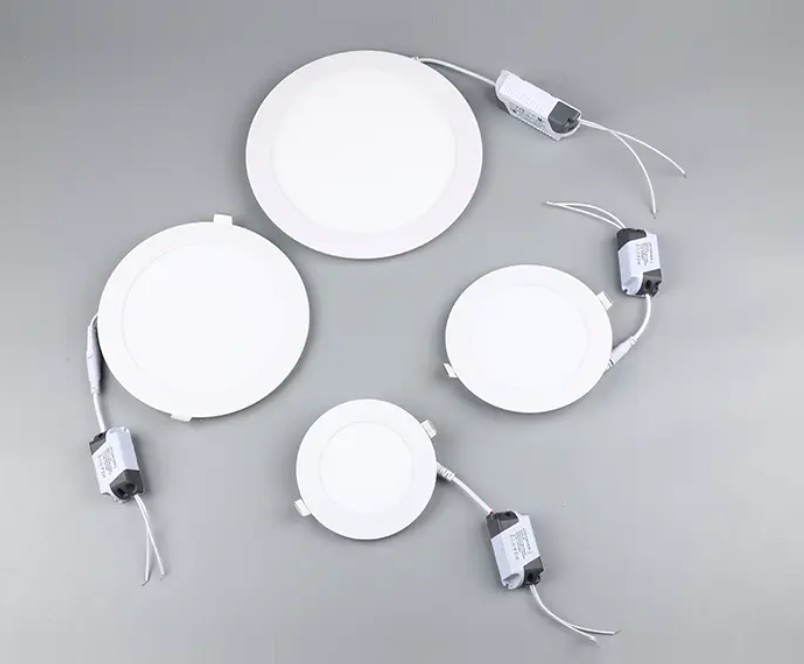Fluorescent lamps appeared in the 1940s, which used the principle of gas discharge to generate light energy. Because the light emitted is mainly ultraviolet rays and less infrared radiation, the luminous efficiency is higher than that of incandescent lamps. This kind of lamp replaces incandescent lamps, which will save 75% of energy and increase the lifespan by 8 to 10 times. Our commonly used fluorescent lamps are mainly fluorescent lamps, high-lumen single-ended fluorescent lamps, and energy-saving lamps (compact fluorescent lamps), which have been widely used so far, leading commercial and industrial lighting. It is often used in general public buildings such as offices, shopping malls, and residences. It has many optional light colors, and can achieve high illumination and economy.
It also emits a lot of beautiful colored light. This is determined by the properties of the chemicals contained in the phosphors, such as those coated with magnesium tungstate, which emit blue-white light, and those coated with cadmium borate, which emit reddish light. Through the innovation of design, the development of phosphor powder, and the application of electronic control circuit, the performance of fluorescent lamps has been continuously improved.
The steam lamp appeared, which was made of various elemental vapors sealed in a glass tube and passed through the electric current to emit light. Vapor lamps include mercury vapor lamps and sodium vapor lamps. The light efficiency is the highest, but it only emits monochromatic yellow light, and it is impossible to distinguish various colors under this kind of lighting. The main applications are: road lighting, security lighting and outdoor applications in similar occasions. Its light efficiency is 2 times that of fluorescent lamps and 10 times that of tungsten halogen lamps.
Compared with fluorescent lamps, the low-pressure sodium lamp discharge tube is a long tube, which is usually bent into a "U" shape. The discharge tube is placed in a evacuated interlayer outer glass bulb. To achieve the purpose of saving energy and improving the maximum light efficiency.

 English
English Español
Español














